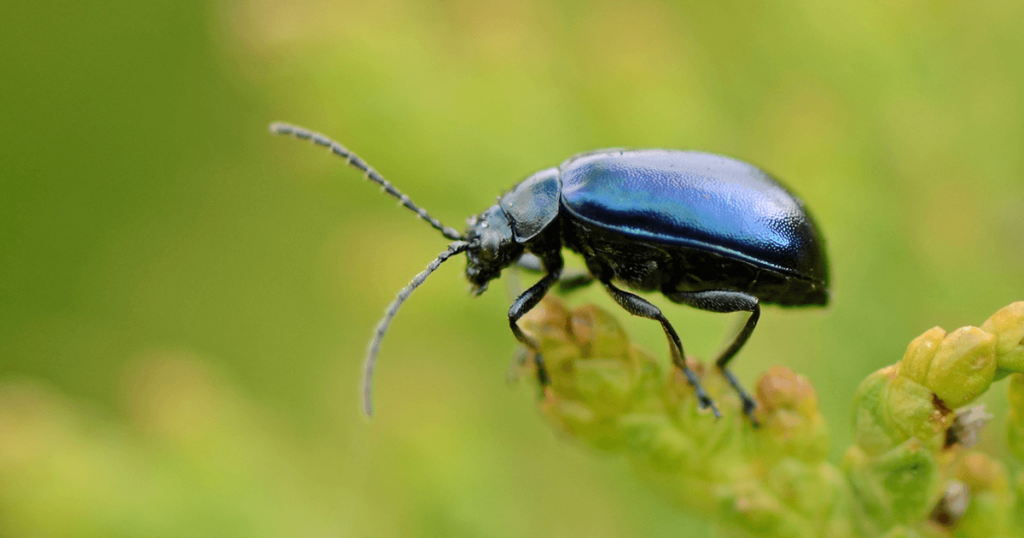
Spanish fly is not a fly but instead an aphrodisiac made from a beetle. It’s also the name of the beetle, an emerald green blister beetle. Why call it a fly if it’s a beetle, I wondered, on first learning this bit of trivia. But even more, I wondered who was this person who first thought to crush a beetle into a beloved’s soup or sandwich, and then when confronted, to lie about it? “No, no, not a beetle at all, just a fly!”
But a fly in your food is no joke either. I remember with a lurch in my stomach the fly I almost swallowed at a lunch counter halfway between Durango, Colorado, and Houston. I was with my brother on a Greyhound to visit our grandparents, and when the bus pulled up beside a small-town diner, we went in and ordered with the rest of the passengers. I had a ham sandwich, the bread smeared with mayo, and a glass of juice. Strangely, the fly floating in my drink did not put me off juice, but instead, off the combination of mayonnaise and ham. I threw up outside the café, which either proved or cemented the disagreeableness of the experience.
In Spanish, beetles are ecarabajos. They abound here, and all appear tremendously vigorous, plowing ahead, usually at full steam, up and over obstacles that, were I beetle-size, would give me pause. On a hike in the mountains this past spring I saw half a dozen shimmering blue beetles clambering over rocks that we hikers were spending as much time lamenting as scaling. I counted the beetles, half on my way up, the others coming back down. Six, together? I thought. What kind of coincidence is that? Usually it’s one at a time, as when I spot a dung beetle laboring in my yard or sight the beautiful copper and green beetle that I sometimes find in the lanes near my house or at my door and have decided might be a golden ground beetle. With the thousands of species to confound you, it’s hard to be sure. It’s not that they all look alike, but much worse—that they all look a little bit different, as with the blue beetle that I couldn’t identify, having taken neither prisoner nor photo. I did lock eyes with one, and saw its surprise. But was it “Her again?” or was it more like, “Jolín, 30 of them! In our mountains, on the same day! Now that’s some kind of coincidence!”
In English, both beetle and bug are used for the famous VW car, as similarly escarabajo is in Spanish. But not the word for bug, bicho. That word, though, identifies a determined and willful person, often a child, often a gleeful joker—a handful we might say in English—someone who, child or grown, might drop a bit of beetle into your soup.


